Kintsugi: the art of broken pieces
Kintsugi(金継ぎ) technique is a very Japanese concept. It is also known as Kintsukuroi (金繕い). Both refer to an ancient method used to repair broken pottery.
Whether it is a special gift, an expensive purchase, or something you got on a whim, when we use the vessels for a long time, they develop a character, and we can become quite attached to them. These objects survive regular use, moves, and spring cleanings. The longer we have them, the closer we bond with them. They are the truly loved ones. And when it cracks or chips, we feel like crying. We want to mend them, to keep the bond. When this happens, there is a way to rescue them and give a completely new look at the same time.
This is done using Kintsugi, which is a technique where lacquer resin is dusted with gold, silver or platinum powder. There are a variety of ways artisans use to do this, and the object becomes a new palette for them to work with. Some can appear almost without any scar. And in Japan, we call this “scenery”, meaning a new look, depending on how you view it. An old and loved object can now be appreciated differently.
This is part of a larger Japanese philosophy, known as wabi-sabi, which is at the core of Japanese beliefs, and approach toward art and aesthetics. It is a fascinating concept, derived from Buddhist teachings, which basically means embracing imperfection, impermanence and the incomplete. It can also be thought of as nothing lasts, nothing is finished, and nothing is perfect. But through this, comes a particular beauty, something to embrace and cherish while it is there.
Some artists use Kintsugi as a way to take what is there and reinterpret it, often in an abstract manner. Yukiko Kuroda uses a time honored technique that takes weeks to finish. It is worth the extra time and effort!
Kintsugi by Yukiko Kuroda
"When the Japanese mend broken objects, they aggrandize the damage by filling the cracks with gold. They believe that when something's suffered damage and has a history it becomes more beautiful." - Barbara Bloom
See more on www.kintsugi.jp
Hon’ami Koetsu (1558-1637), Akaraku ware tea bowl, named Seppo. Property of Hatakeyama Memorial Museum of Fine Art.
Tea bowl, possibly Satsuma ware; possibly Kagoshima prefecture, Japan, Edo period, 17th century; stoneware with clear, crackled glaze, stained by ink; gold lacquer repairs; Gift of Charles Lang Freer, F1904.323. Museum of Fine Arts,Boston.
Ashmolean Museum © Ashmolean Museum, University of Oxford
Ashmolean Museum © Ashmolean Museum, University of Oxford
Ashmolean Museum © Ashmolean Museum, University of Oxford
Ashmolean Museum © Ashmolean Museum, University of Oxford
Ashmolean Museum © Ashmolean Museum, University of Oxford
Ashmolean Museum © Ashmolean Museum, University of Oxford
Ashmolean Museum © Ashmolean Museum, University of Oxford
Ashmolean Museum © Ashmolean Museum, University of Oxford

/https%3A%2F%2Fprofilepics.canalblog.com%2Fprofilepics%2F1%2F0%2F100183.jpg)
/https%3A%2F%2Fstorage.canalblog.com%2F03%2F02%2F119589%2F96711876_o.jpg)
/https%3A%2F%2Fstorage.canalblog.com%2F11%2F31%2F119589%2F94773502_o.jpg)
/https%3A%2F%2Fstorage.canalblog.com%2F20%2F83%2F119589%2F94772815_o.jpg)
/https%3A%2F%2Fstorage.canalblog.com%2F26%2F72%2F119589%2F75604929_o.jpg)
/https%3A%2F%2Fstorage.canalblog.com%2F59%2F60%2F119589%2F26458628_o.jpg)



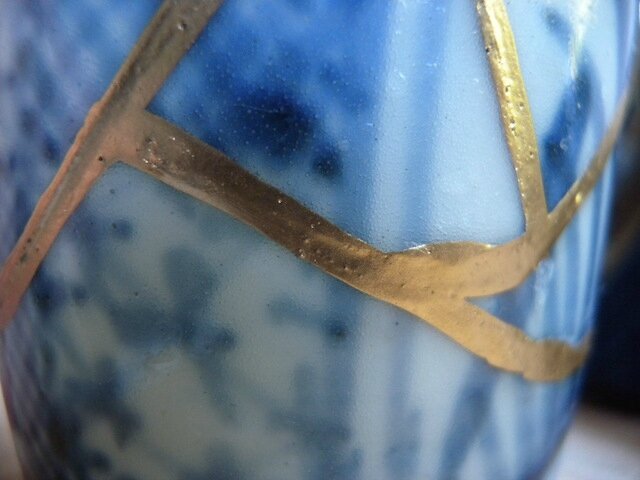




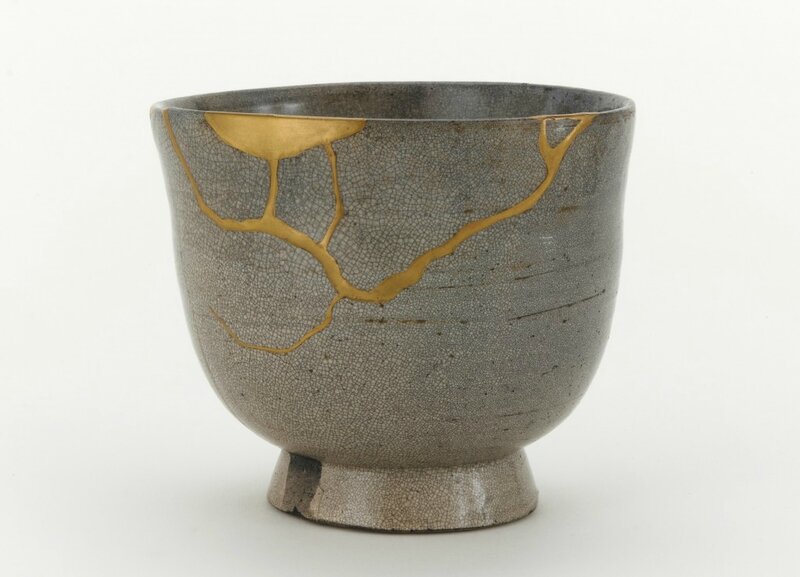




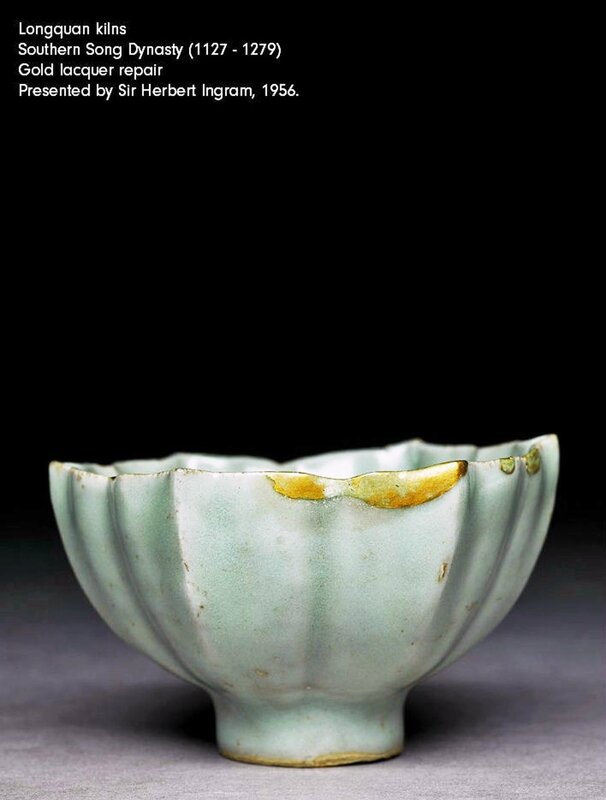
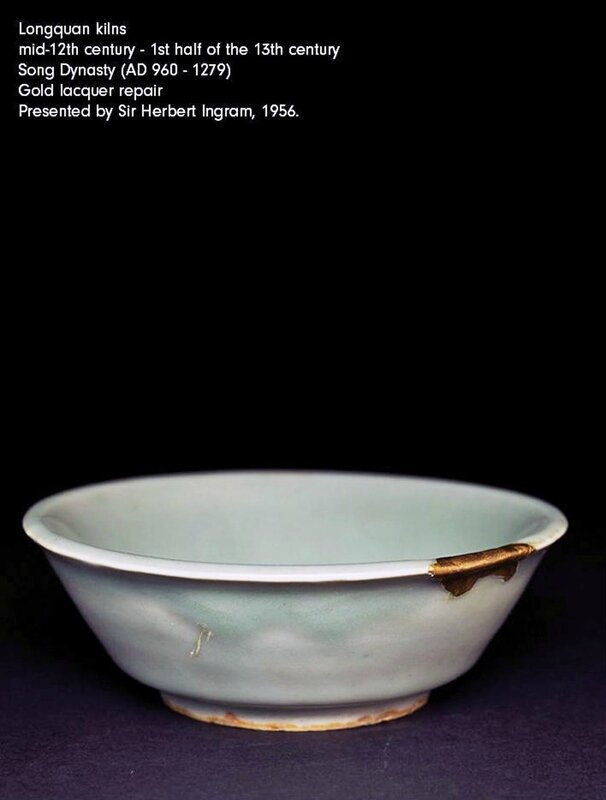

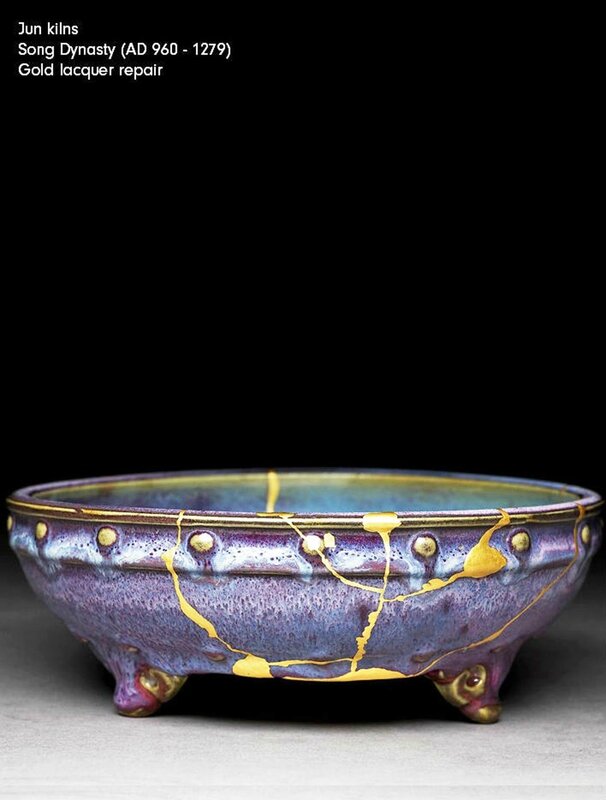


/image%2F1371349%2F20240411%2Fob_4a5248_2024-nyr-22642-0913-000-a-longquan-cel.jpg)
/image%2F1371349%2F20240410%2Fob_c3c107_2024-nyr-22642-0907-000-a-jian-hares-f.jpg)
/image%2F1371349%2F20240406%2Fob_51f0c3_434080429-1646420606127952-46239392186.jpg)
/image%2F1371349%2F20240406%2Fob_8ddf34_434091948-1646417912794888-80782637550.jpg)